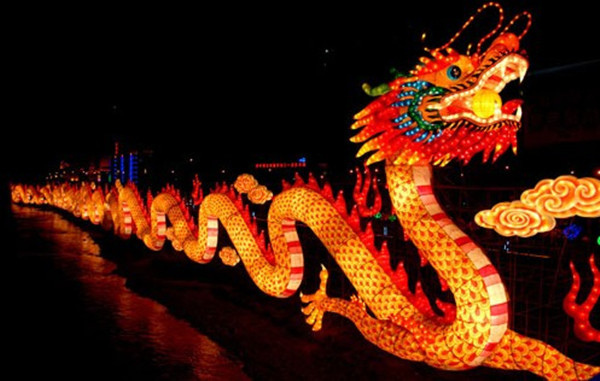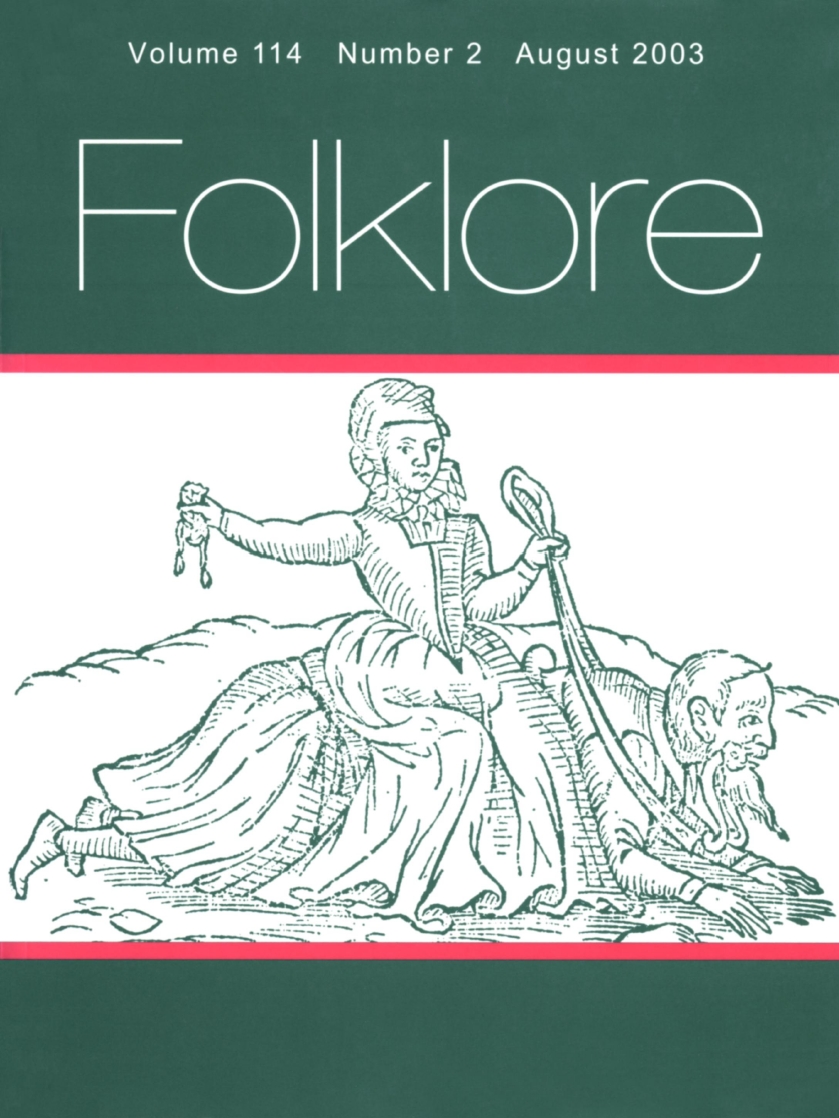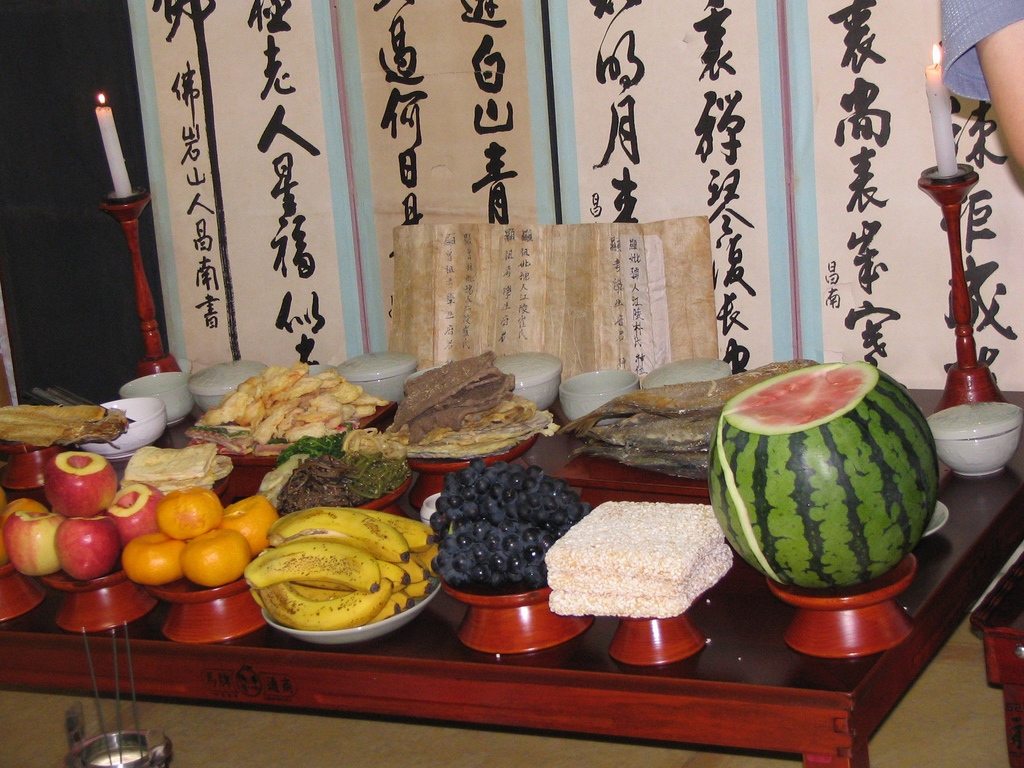|
Died In Vain
In the Sinosphere, a death in vain ( , , ) is a death that is not a death of natural causes, such as a suicide, homicide, or an accident, which is an unjust death. For example, in ''Journey to the West'': "Those people are the ghosts of the 64 places of smoke, the 72 places of grass, the princes and the chiefs, all of whom died in vain, and have no money and no control, and cannot be reborn, and are all lonely and hungry." In the Travels of Lao Can: "I can go, but it is not useful to the business, but to add one more wrongful death in the cage." Chinese people often set up temples for people who died in accidents, called Yin miao, hoping that after these people died in vain, they would be placated with jisi (offerings) and not disturb the human world. See also * Goryō * Yin miao * Chinese hero cult * Heroic Martyrs Shrine * Wrongful death claim Wrongful death is a type of legal claim or cause of action against a person who can be held liable for a death. The claim ... [...More Info...] [...Related Items...] OR: [Wikipedia] [Google] [Baidu] |
Sinosphere
The Sinosphere, also known as the Chinese cultural sphere, East Asian cultural sphere, or the Sinic world, encompasses multiple countries in East Asia and Southeast Asia that were historically heavily influenced by Chinese culture. The Sinosphere comprises Greater China, Japan, Korea, and Vietnam. Other definitions may include the regions of modern-day Mongolia and Singapore, due either to historical Chinese influence or a contemporary overseas Chinese population. The Sinosphere is different from the Sinophone world, which indicates regions where the Chinese language is spoken. Imperial China was a major regional power in Eastern Asia and exerted influence on tributary states and neighboring states, including Japan, Korea, and Vietnam. These interactions brought ideological and cultural influences rooted in Confucianism, Buddhism, and Taoism. The four cultures were ruled by their respective emperors under similar imperial systems. Chinese inventions influenced, and were in tu ... [...More Info...] [...Related Items...] OR: [Wikipedia] [Google] [Baidu] |
Yin Miao
In Taiwan, Taiwanese Chinese folk religion, folk religion, ''yin Miao shrine, miao'' ( zh, t=陰廟, p=Yīnmiào, l=Yin and yang, dark temple) are Chinese temple architecture, temples dedicated to Ghosts in Chinese culture, wandering and homeless spirits, as opposed to ''yang miao'', which are dedicated to Chinese gods and immortals, deities. According to local beliefs, ghosts without a permanent resting place (as in a grave) wander in the human realm and may cause trouble for the living. Therefore, ''yin miao'' serve as such resting places for these spirits as a form of respect and to maintain peace. Temples dedicated to deities associated with afterlife, like City God (China), Cheng Huang Ye or Dizang, Di Zang Wang, are not considered ''yin miao''. Architecture and location As opposed to ''yang miao'', ''yin miao'' are typically much smaller and less decorated. ''Yin miao'' will often display the words . There are usually no paifang or any menshen at the entrance, and there a ... [...More Info...] [...Related Items...] OR: [Wikipedia] [Google] [Baidu] |
Folklore Studies
Folklore studies (also known as folkloristics, tradition studies or folk life studies in the UK) is the academic discipline devoted to the study of folklore. This term, along with its synonyms, gained currency in the 1950s to distinguish the academic study of traditional culture from the Cultural artifact, folklore artifacts themselves. It became established as a field across both Europe and North America, coordinating with (German language, German), (Norwegian language, Norwegian), and (Swedish language, Swedish), among others. Overview A 1982 UNESCO document titled "Recommendation on the Safeguarding of Traditional Culture and Folklore" declared a global need to establish provisions protecting folklore from varying dangers identified in the document. UNESCO further published the Convention for the Safeguarding of the Intangible Cultural Heritage in 2003. The American Folklife Preservation Act (P.L. 94-201) passed in 1976 by the United States Congress in conjunction with ... [...More Info...] [...Related Items...] OR: [Wikipedia] [Google] [Baidu] |
Wrongful Death Claim
Wrongful death is a type of legal claim or cause of action against a person who can be held liable for a death. The claim is brought in a civil action, usually by close relatives, as authorized by statute. In wrongful death cases, survivors are compensated for the harm and losses they have suffered after losing a loved one. Types of wrongful death claims Any fatality caused by the wrongful acts of another may result in a wrongful death claim. Wrongful death claims are often based upon death resulting from negligence, for example following a motor vehicle accident caused by another driver, a dangerous roadway or defective vehicle, product liability, and medical malpractice. Dangerous roadway claims result from deaths caused in whole or in part by the condition of the roadway. Common law jurisdictions In most common law jurisdictions, there was no common law right to recover civil damages for the wrongful death of a person.22A Am. Jur. 2d Death § 1. Under common law, a dead p ... [...More Info...] [...Related Items...] OR: [Wikipedia] [Google] [Baidu] |
Hero Shrine
Martyrs' shrines or hero shrines ( zh, c=忠烈祠) are religious buildings used in Chinese hero cults. They are a kind of Ci Shrine, which is a separate building built to praise the spirit of loyalty and righteousness, and to memorialize the martyrs who died for the country. In addition to shrines dedicated to martyrs and loyal subjects, some of them are converted from other buildings, such as Shinto shrines. Since Confucianism advocates the virtues of loyalty and righteousness, the construction of the Temple not only commemorates and enshrines the martyrs who were martyred in the country, but also serves the purpose of moral education. History In China, there were ancestral shrines dedicated to loyal subjects and martyrs, and the names of the shrines were given by the Emperor. The Fayuan Temple in Beijing was built by Emperor Taizong of Tang to commemorate the martyrs who died in the Eastern Expedition Goguryeo, and was originally called Jienzhongsa Temple, but was renamed ... [...More Info...] [...Related Items...] OR: [Wikipedia] [Google] [Baidu] |
Goryō
In a broad sense, is an honorific for a spirit, especially one that causes hauntings, and the term is used as a synonym for . In a narrower sense, it refers to a person who was a noble or accomplished person in his or her lifetime, but who lost a political power struggle or died prematurely from an epidemic or other disease, becoming an that brings pestilence or famine and is later enshrined as a in Shinto shrines. For example, the " Sandai Jitsuroku" (a historical Japanese document) mentions that six Shinto shrines were dedicated to the worship of , which were the spirits of those who died from non-natural causes. Later on, two more shrines were added, bringing the total to eight. refers to the belief that the of people who have died unfortunate deaths cause hauntings and disasters, and the belief that they are enshrined as to appease them. Description The name consists of two kanji, 御 (go) meaning honorable and 霊 (ryō) meaning soul or spirit. The belief that the spi ... [...More Info...] [...Related Items...] OR: [Wikipedia] [Google] [Baidu] |
The Storm Media
The Storm Media is a Chinese-language online news media headquartered in Neihu District, Taipei, Taiwan. Overview Founder Zhang Guojun was the general manager of Goldman Sachs Taipei Branch and served as a consultant to Fubon Financial Holdings after retirement. Publisher Wang Jianzhuang is a professor at Shih Hsin University. The start-up capital of The Storm Media, NT$60 million, was all Zhang Guojun's personal investment. The editorial team comes from the China Times newspaper group and the Next Magazine. The Storm Media has cooperated with many media outlets in Taiwan and has signed contracts with overseas news media such as BBC Chinese, ''Asahi Shimbun'' Chinese, Deutsche Welle, Xinhua News Agency, and ''The Wall Street Journal ''The Wall Street Journal'' (''WSJ''), also referred to simply as the ''Journal,'' is an American newspaper based in New York City. The newspaper provides extensive coverage of news, especially business and finance. It operates on a subscript ... [...More Info...] [...Related Items...] OR: [Wikipedia] [Google] [Baidu] |
SET Taiwan
SET Taiwan () is a television channel of the Sanlih E-Television in Taiwan, launched in September 1993. It mainly broadcasts Taiwanese drama. Productions Drama Daily * Ah Bian and Ah Jane * Accompany Me Through Life * Nine Refers to the Bride * Taiwan Ah Cheng * Negative Line of Tears * Fiery Thunderbolt * Sky and Earth Has Affection * Taiwan Tornado * Golden Ferris Wheel * Unique Flavor * I Shall Succeed * Love Above All * My Family My Love * Lee Family Reunion * Wives * The Heart of Woman * Ordinary Love * Taste of Life * In The Family * The Sound of Happiness Friday * Way Back into Love * Rainy Night Flower *Father A father is the male parent of a child. Besides the paternal bonds of a father to his children, the father may have a parental, legal, and social relationship with the child that carries with it certain rights and obligations. A biological fat ... * Flavor of Life * White Magnolia * Once Upon a Time in Beitou * Our Mother * Life of Pearl * An Adopted ... [...More Info...] [...Related Items...] OR: [Wikipedia] [Google] [Baidu] |
Ministry Of The Interior (Taiwan)
The Ministry of the Interior (MOI; ) is a cabinet level ministry under the Executive Yuan of the Republic of China (Taiwan). It is the ministry responsible for home affairs and security throughout Taiwan, including population, land, construction, military service administration, national emergency services, local administration systems, law enforcement. Core functions It closely monitors the rights of the residents and every aspect of national development to ensure steady progress of the nation, strengthen social peace and order, and upgrade the quality of citizens' lives. The Ministry strives to achieve the following: # Accomplish government reform to boost government vitality; # Care for the minorities; # Promote a fair military service system; # Implement pragmatic growth management to promote sustainable development; # Reinforce police administration reform; # Strengthen crisis management to build a comprehensive disaster prevention system; # Manage the goals to rebuild t ... [...More Info...] [...Related Items...] OR: [Wikipedia] [Google] [Baidu] |
Jisi
''Jesa'' (, ) is a ceremony commonly practiced in Korea. Jesa functions as a memorial to the ancestors of the participants. Jesa are usually held on the anniversary of the ancestor's death. The majority of Catholics, Buddhists and nonbelievers practice ancestral rites, although Protestants do not. Since their origins, Jesa has taken on a certain formality as human civilization has developed, which is sometimes called rituals in Confucianism. The Catholic ban on ancestral rituals was lifted in 1939, when Pope Pius XII formally recognized ancestral rites as a civil practice (see also Chinese Rites controversy). Many Korean Protestants no longer practice this rite and avoid it both locally and overseas. Jesa Rituals: A Continuation from the Dangun Era in Korean Culture The ancestral rituals known as Jesa in Korean, have been practiced since the legendary Dangun era in ancient Korea. These rituals involve paying homage and offering sacrifices to ancestors, spirits, and deitie ... [...More Info...] [...Related Items...] OR: [Wikipedia] [Google] [Baidu] |
The Travels Of Lao Can
''The Travels of Lao Can'' () is a novel by Liu E (1857–1909), written between 1903 and 1904 and published in 1907 to wide acclaim. Thinly disguising his own views in those of Lao Can, the physician hero, Liu describes the rise of the Boxers in the countryside, the decay of the Yellow River control system, and the hypocritical incompetence of the bureaucracy. Its social satire showed the limits of the old elite and officialdom and gave an in-depth look into everyday life in the countryside in the late Qing period. Publication history The first 13 chapters were serialized in the bi-weekly '' Xiuxiang Xiaoshuo'' (; Illustrated Fiction) from March 1903 to January 1904, in issues 9 through 18. It was published in the '' Tianjin Riri Xinwen Bao'' ( United States Bureau of Foreign and Domestic Commercep. 188) in a 20 chapter version with a prologue.Doleželová-Velingerová, p724 Plot In the prologue Lao Can (T: 老殘, S: 老残; literally, "Old Decrepit"), a traveling medical pr ... [...More Info...] [...Related Items...] OR: [Wikipedia] [Google] [Baidu] |



